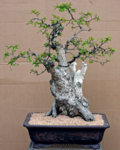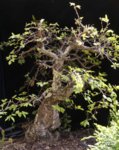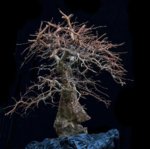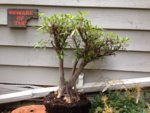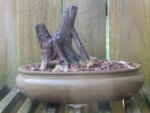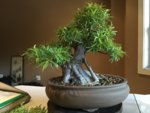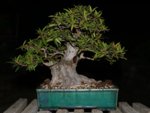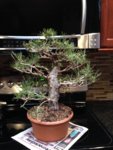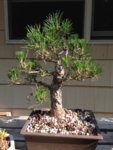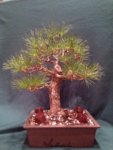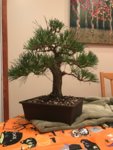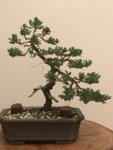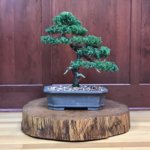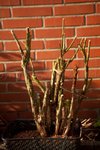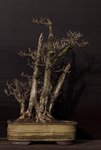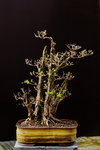grouper52
Masterpiece
The Shoe Tree is an old snag that has been bedecked over the decades with old shoes and boots from the logging community. It is up North on Vancouver island. I will try to find a picture. It is about the same size as the Old Cedar above and covered with shoes and boots top to bottom.
Hope you get the chance to come up collecting again and you are more than welcome to visit.
No, I've never seen nor heard of the Shoe Tree - sounds like quite a sight!
Thanks for the invite - it'd be great to meet you and see your trees if I'm up that way again. I used to have a pine permit from the USDA Forestry Department so I could bring Shore Pines across the border, but it's a huge hassle to reactivate that, so I'll just hunt Alaska Yellow Cedars and Mountain Hemlocks if I get up there again, or maybe rely on Dan having an active permit to bring pines I collect across. Heck, I'd like to get up that way again and maybe not even collect any trees of my own, but just visit Pete again and meet you. I'll see if Dan's planning any trips up there again, and either way I'll keep you posted if I'm headed your way.
Last edited:

